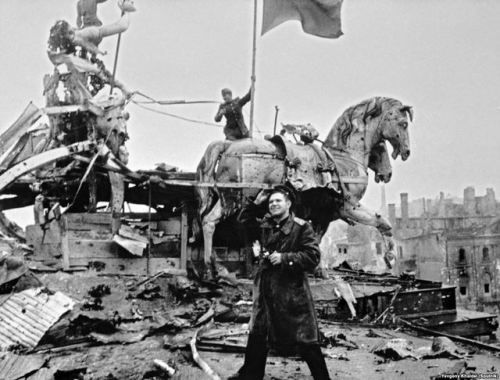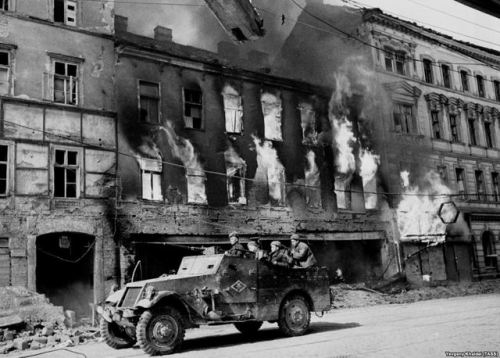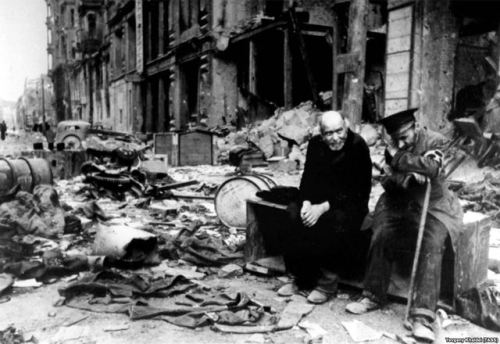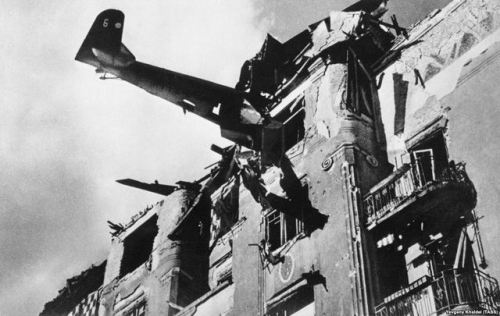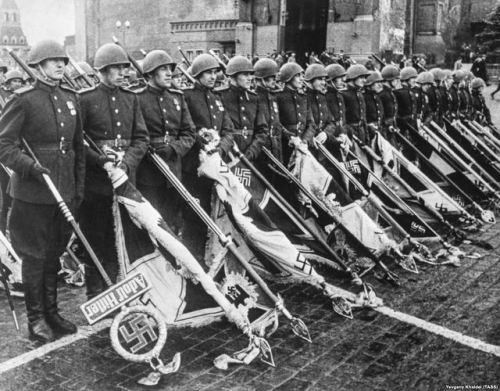#yevgeny khaldei
The Red Army’s Forgotten Photographer
He took the defining photo of the U.S.S.R.’s victory over Nazi Germany, although many of his photographs were heavily doctored or staged for Soviet propaganda purposes. But instead of accolades from communist authorities, Yevgeny Khaldei - born 100 years ago this month - struggled to remain employed as anti-Semitism swept through the Soviet Union.The photographer was born in Donetsk, Ukraine, in March 1917 to a family that suffered unimaginably due to anti-Semitism. In 1918, his grandfather and mother were killed during an anti-Jewish pogrom in Ukraine. Then, in the early days of World War II, his father and his father’s second wife, along with three of Yevgeny’s sisters, were killed by the Nazis. A colleague recalled that everything Khaldei had experienced in his life was reflected in the style of his photography. “That is the most important thing for a documentary photographer.“
Khaldei used a Leica camera fitted with a 35-millimeter lens while working on the front lines of World War II. Some of Khaldei’s photographs were heavily doctored, and many were staged for propaganda purposes. But between the montages and propaganda, Khaldei’s archive holds exceptional examples of photojournalism.
His employer, TASS, fired him in 1948 as a wave of anti-Semitism swept through the U.S.S.R. When the Soviet mouthpiece laid off five employees, Khaldei said the reasons at first were unclear. ”[They fired] me and four Russians…but then within a month the other four guys were re-hired and I wasn’t. That’s when I knew that it was all about [my ethnicity].“
Although he was hired by Pravda, the communist newspaper in 1959, he again lost his position in 1976. The great photographer ended his days in a small apartment in the suburbs of Moscow. He died in 1997.
More at the source.
Post link



